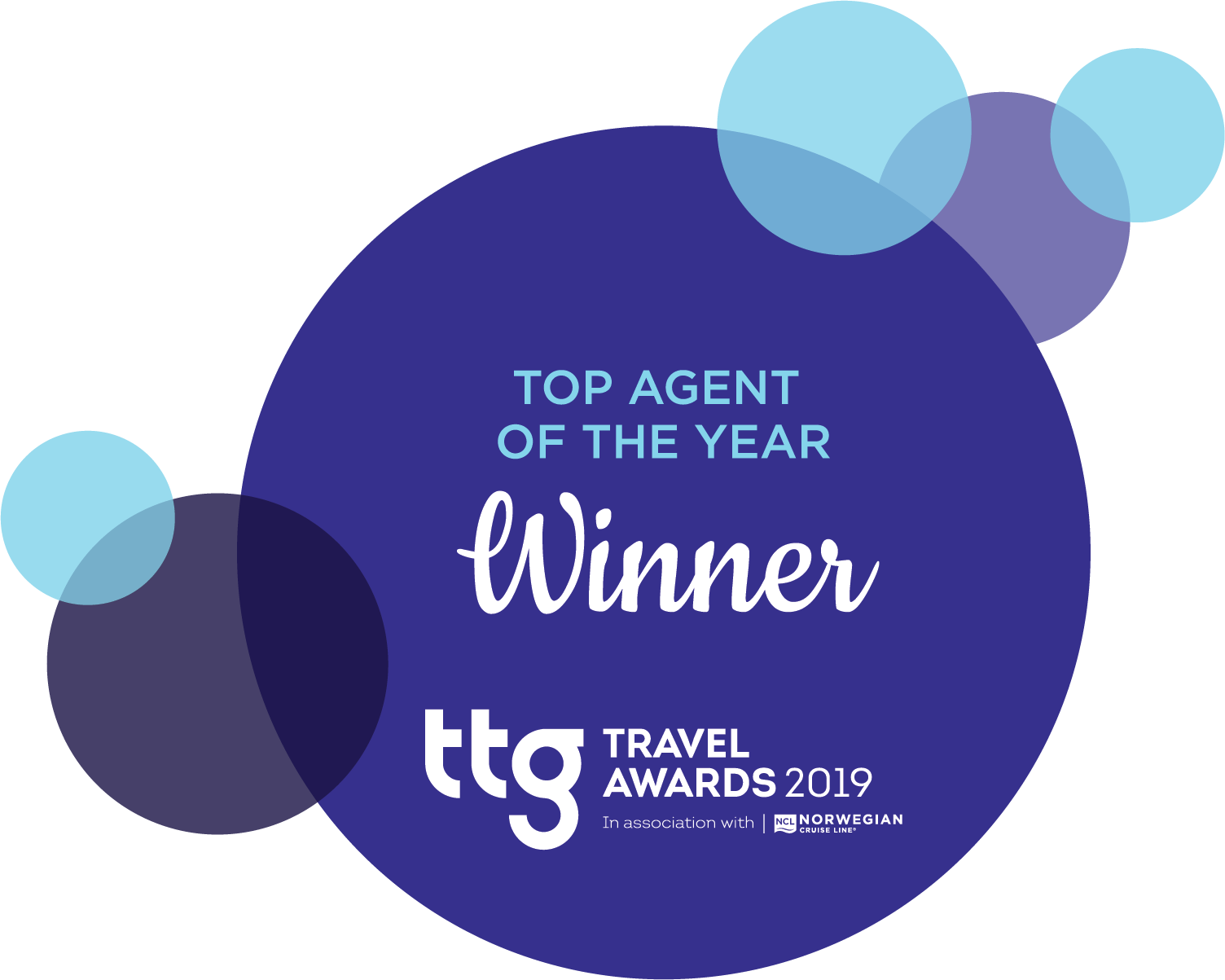Immerse yourself in an extraordinary adventure of birding, wildlife and culture in the magical Hill Country and tea estates of Sri Lanka.
This is a must for avid birders (and their not-so-birding-specific partners); this adventure-filled journey explores some of the country’s fascinating habitats, which are ready to unveil a kaleidoscope of species. What’s more, this itinerary also offers memorable wildlife sightings and a host of cultural immersions on this captivating 11-day tailored tour.
2 nights Waikkal | 2 nights Kitulgala | 2 nights Nuwara Eliya | 2 nights Yala National Park | 2 nights Weligama
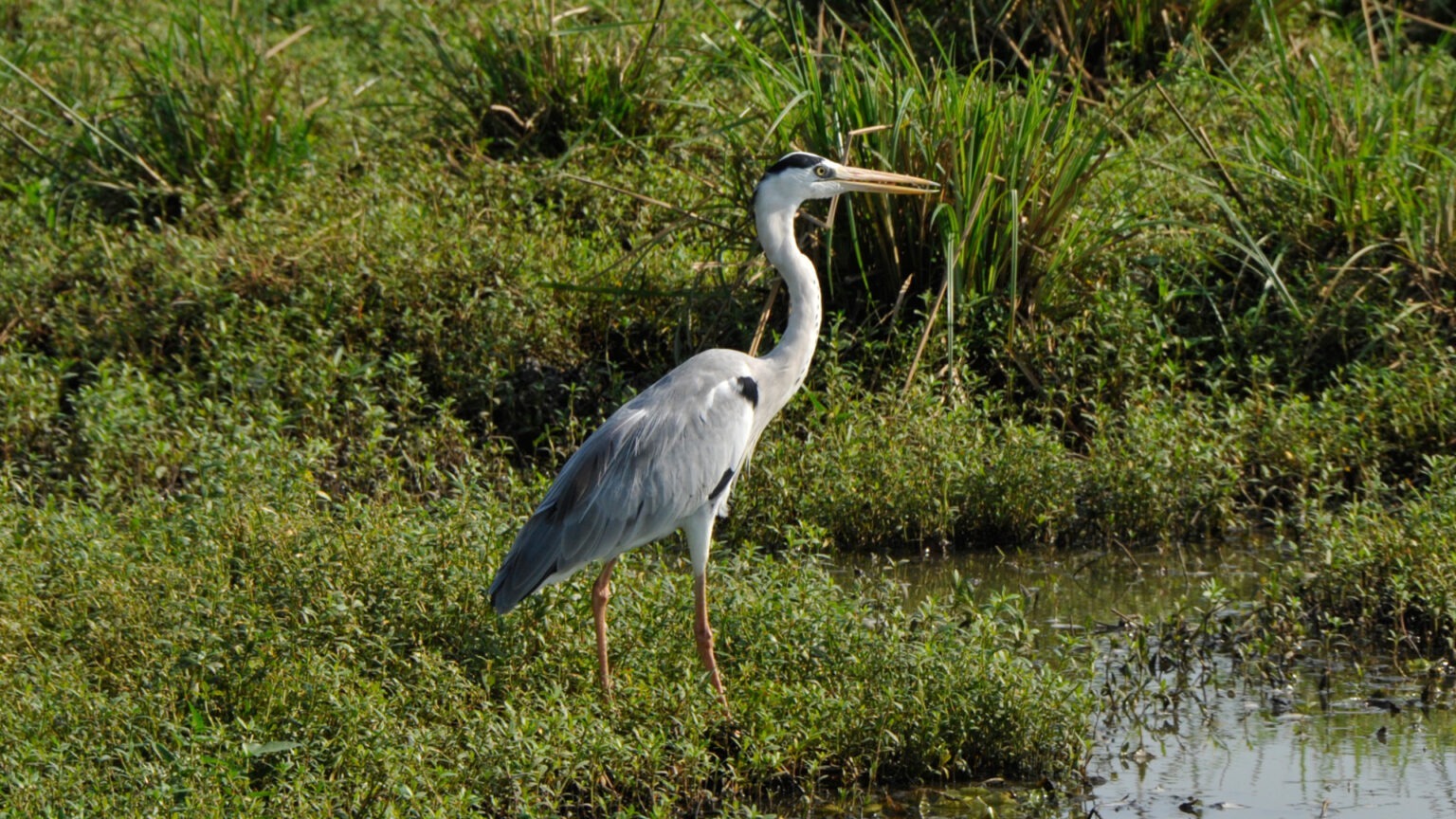
Exotic train journeys in Hatton Sri Lanka, Asian Leopard in Sri Lanka
A taste of what to expect
Day 1
Upon arrival at Colombo’s Bandaranayake International Airport, you will be welcomed and driven to Waikkal (approximately 1-hour drive).
Arrive in Waikkal and check in to Wattura Resort and Spa, a tranquil escape set on a sun-kissed stretch of sand, tucked away between the Waikkal Beach and Gin Oya Estuary. The sublime architecture of this luxury boutique resort blends water elements throughout the property, creating an immersive water-themed experience.
Enjoy a delicious lunch and in the afternoon there will be options for both the birders and the non-birders.
WAIKKAL
Day 2
Today, birders and non-birders go off on different adventures depending on your interests for the day. Birders set off early with a packed breakfast, while non-birders enjoy a scrumptious breakfast overlooking the magnificent pool area of your resort’s deck, before setting off with the group on an adventure through Negombo.
KITULGALA
Day 3
After a delicious breakfast at Wattura Resort and Spa, leave for Kitulgala (approximately 3-hour drive).
On the way, enjoy various birding spots. Arrive in Kitulgala and check-in to Moksha Resort and enjoy lunch. This luxurious boutique hotel is nestled in acres of private woodlands to offer you a quiet and peaceful retreat. Moksha understands the positive impact nature has on one’s health and wellbeing and has a carefully curated space where one can rest and recuperate.
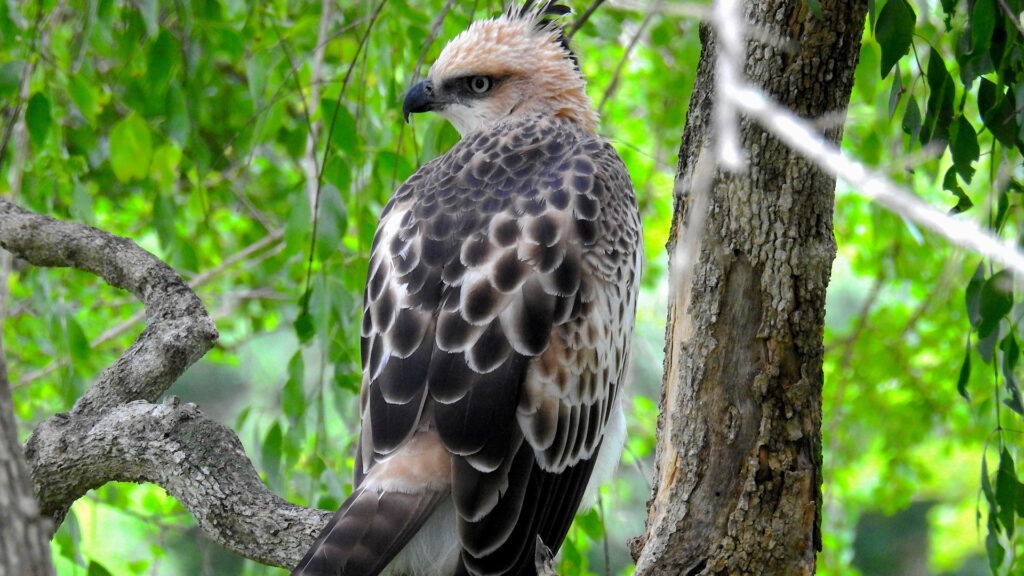
Moksha is home to nature’s wonders if you look close enough – from crested serpent eagles, brahminy kites and crested hawk eagles scouting their day’s prey from the skies to Asian giant squirrels feeding their young with jackfruit growing around the property. From a host of endemic fish including the critically endangered asoka barbs that make the “Liyan Oya” rivulet their home, to a host of rare trees such as the ebony, nedun, kitul and hora trees, a delight for all nature lovers.
KITULGALA
Day 4
Once again, birders and non-birders take separate routes for the day, but days are flexible and can be tailored to suit the interests of all.
NURAWA ELIYA
Day 5
Following breakfast at Moksha Resort, leave for Nuwara Eliya (approximately 3-hour drive). As always there will be opportunistic birding spots en route.
Arrive in Nuwara Eliya and check-in to The Oliphant Bungalow, spectacularly placed within tea gardens and mountains. Nestled in Sri Lanka’s highest elevated village, Shanthipura, the bungalow is your home in the countryside. Enjoy a delicious lunch and then in the afternoon there will be activities for the birders and non-birders.
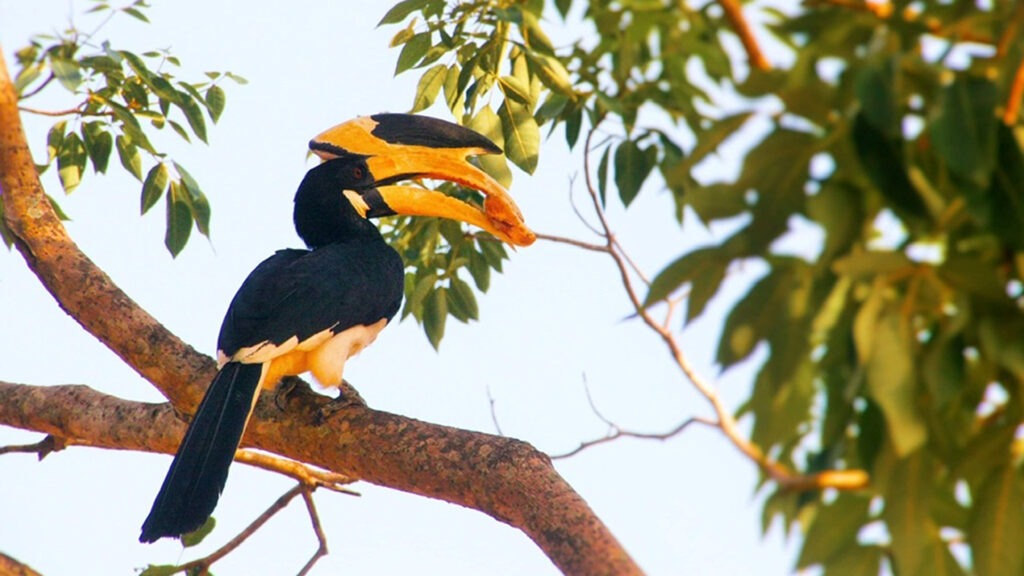
NURAWA ELIYA
Day 6
This morning both the birders and the non-birders make a pre-dawn start with a packed breakfast to visit Horton Plains National Park, a UNESCO World Heritage Site for primates, deer, highland bird species and endemics. Horton Plains is Sri Lanka’s highest elevated national park and comprises cloud forests and open grassland.
Sambar, Sri Lanka’s largest species of deer are encountered regularly in the plains close to the entrance while the shaggy coated bear monkey (the montane race of the purple-faced leaf monkey) is occasionally seen within the forested areas.
A variety of wildlife including endemic rhino-horned and hump-nosed lizards, highland bird species including the Sri Lanka white-eye, dull-blue flycatcher and yellow-eared bulbul are found here and can be seen close to the entrance. Black eagles and Himalayan buzzards are also seen. Horton Plains is one of the few known locations where elusive highland endemics such as the ‘arrenga’ or Sri Lanka whistling thrush and Sri Lanka bush warbler can be observed. It is possible to take a longer walk along the nature trails to a viewpoint known as World’s End with spectacular views of the surrounding countryside. On the walk back you can view the impressive Baker’s Falls in full flow. This takes around three hours and can delay the return to the Bungalow. Enjoy a delectable lunch back at Oliphant Bungalow.
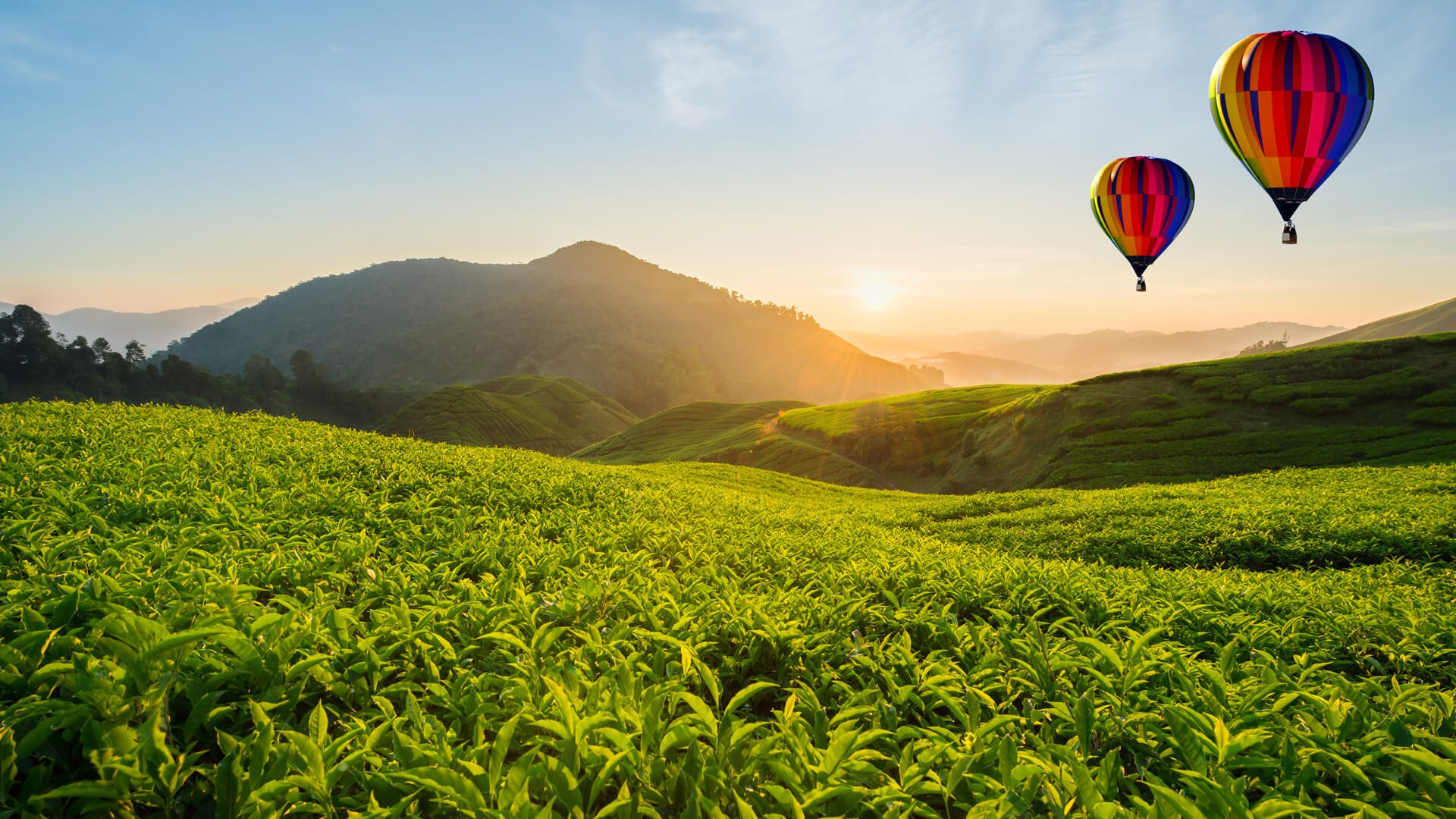
YALA NATIONAL PARK
Day 7
After an early breakfast at Oliphant Bungalow, proceed to Yala National Park (approximately 4½-hour drive). There will be opportunistic birding spots en route and garganey, lesser whistling-duck, pygmy goose, swamphens, moorhen, pheasant-tailed jacanas and kingfishers should be seen at roadside water bodies. Upon arrival check-in to Wild Coast Tented Lodge in time for a late lunch. Wild Coast, a luxurious tented lodge sits on a deserted beach on the edge of Yala National Park, the leopard hot spot in south eastern Sri Lanka. A bamboo-clad bar and restaurant serves creative daily changing menus, whilst a delicious “picnic tea” forms part of the safari drive experience.
YALA NATIONAL PARK
Day 8
Today the birders and non-birders set their sights on different experiences.
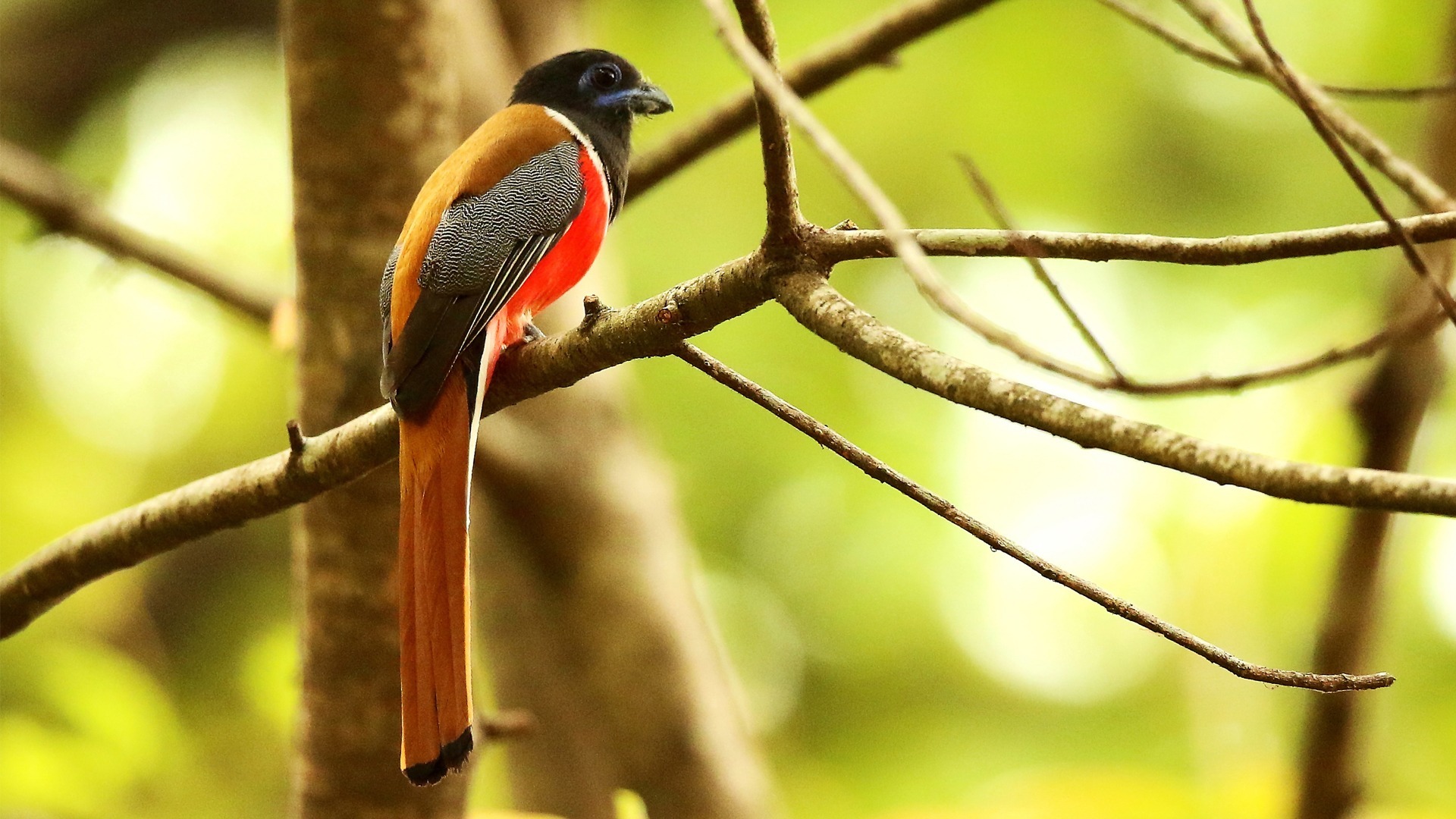
WELIGAMA
Day 9
After a packed breakfast, head to Cape Weligama, a gorgeous village-style environment gazing out to the pristine Indian Ocean (approximately 2½- hour drive).
A great day awaits for both birders and non-birders. Enjoy early morning wildlife viewing from jeeps and birding for wetland species and winter migrants at Bundala National Park (approximately 1-hour drive en route to Weligama). Bundala is Sri Lanka’s first RAMSAR declared wetland comprising brackish lagoons, salt pans, and scrub jungle and is a popular destination for birders. Bundala winter migrants including caspian plover, red-necked phalarope, terek sandpiper, northern pintail, garganey, glossy ibis may be seen. A large number of water birds and resident dry-zone species such as little grebe, watercock, greater thick-knees and yellow-wattled lapwing can be seen year-round at Bundala. Mugger crocodiles and the larger and rarer estuarine crocodile may both be observed and Asian elephant are also encountered here throughout the year in small numbers.
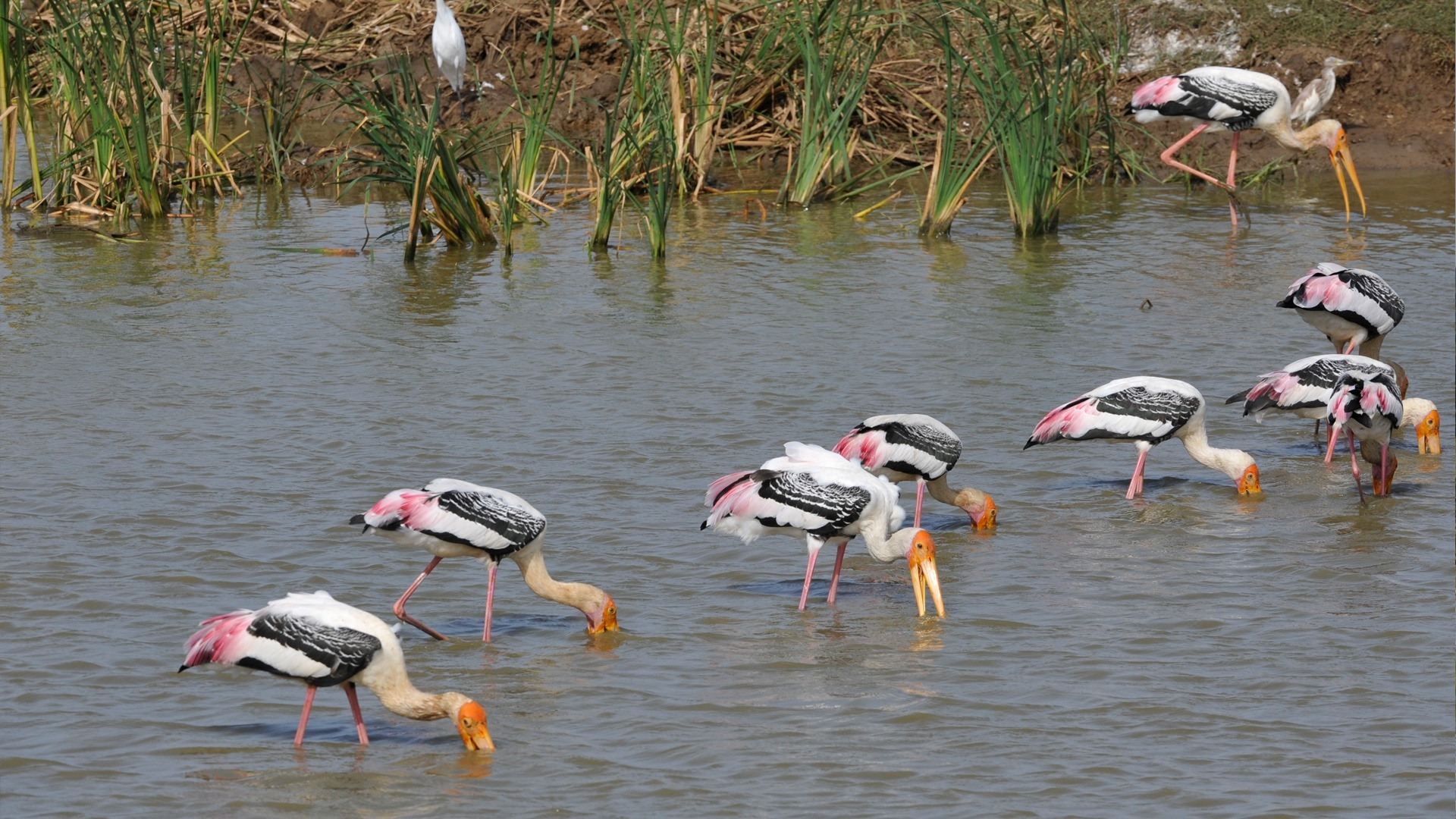
WELIGAMA
Day 10
Another exciting day ahead for the birders and non-birders. Glide over the deep and enjoy a private whale watching from Mirissa Harbour (approximately 4-hour experience – duration depends on sightings) Sri Lanka is regarded as one of the world’s top locations for watching blue whales, with sightings occurring on most mornings during the season which spans from mid-November through to mid-April. The blue whales are resident to the Indian Ocean and live year-round in these waters and encounters of mother and calves, pairs of males and females are recorded throughout the season. Pods of spinner dolphin are seen on some mornings while sperm whales are occasionally seen. Bryde’s whale, orca, Risso’s dolphin, bottlenose dolphin and striped dolphin are among the other species of cetaceans which are seen a few times each season. Return to Cape Weligama for lunch. Spend the afternoon exploring the fascinating old Dutch Fort in Galle. (approximately 1-hour drive).
Set off on a guided walking tour of the Galle Fort, which was built by the Dutch in 1663. Take a leisurely stroll along the ramparts with its panoramic views at sunset. The once sleepy Galle Fort is now a vibrant and bustling area with a distinctively Mediterranean feel to it and is abuzz with activity. You can explore its narrow streets and laneways bustling with jewellery shops, numerous boutiques, cafes, and family homes.
DEPARTURE
Day 11
You will be collected for your departure to the airport for your flight onwards. Flutter a last farewell as your sensational birding adventure comes to an end.
Optional Extension in Colombo available
Please ask us for more details on this itinerary as dates and prices will vary.


